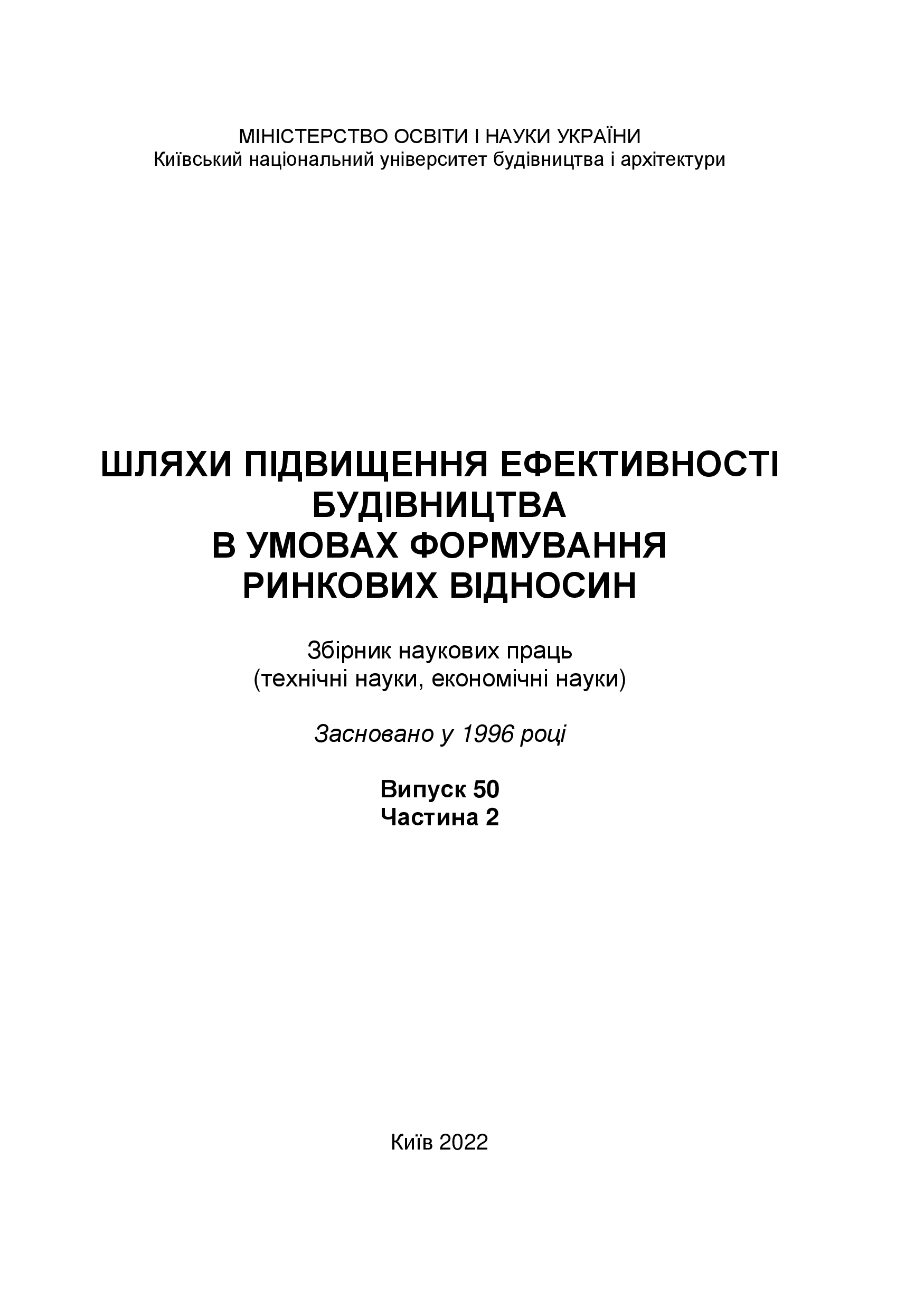Comparative characteristics of accounting of fixed assets according to national and international standards
DOI:
https://doi.org/10.32347/2707-501x.2022.50(2).78-84Keywords:
fixed assets, materiality, components, depreciation, revaluationAbstract
The article examines the existing accounting approaches to determining the essence, assessment, order of reflection in the accounting records of companies and disclosure in financial statements of information on fixed assets as a component of non-current (long-term) assets according to national and international accounting standards (international financial reporting standards).
The purpose of the study is to compare the existing requirements of the national and international practice of the accounting policy of fixed assets of the enterprise: definition of fixed assets, the structure of the formation of the initial cost, maintenance costs, methods of calculating depreciation and the order of disposal, identifying common features and differences in the accounting system in order to achieve harmonization of accounting in the world spacious
A comparison of the requirements of domestic legislative norms with international standards regarding the recognition and determination of fixed assets, the procedure for forming the initial value of objects, revaluation methods, the procedure for writing off fixed assets from the company's balance sheet, methods for calculating the depreciation of fixed assets and displaying information about fixed assets in the company's financial statements was carried out . The dependence of the separation of low-value non-current material assets from the composition of fixed assets on the established criterion of "materiality" and their write-off for enterprise expenses is established. The absence of the concept of "non-production fixed assets" in the international standards, which is common in national legislation, of the division of fixed assets into classes for accounting purposes was revealed. The division of the object of fixed assets into components for the purpose of calculating depreciation is considered. Differences in methods of calculating depreciation according to national and international accounting standards, revaluation methods and features of determining fair value according to international practice are analyzed.
Ways of harmonizing national and international standards in terms of fixed assets, which require clarification and detailing in order to improve the efficiency of operations and the financial condition of the enterprise, are proposed. The results of the conducted research have theoretical and practical value, because in the conditions of youth mobility, workload of practicing accountants and other specialists, there is a need for a wider coverage of practical aspects of accounting according to international standards and can be used in the accounting process of enterprises making the transition to international accounting practice.
References
Войтенко Т. Що вважають основними засобами із погляду МСФЗ. Податки та бухоблік. 2020. №69. URL: https://i.factor.ua/ukr/journals/nibu/2020/august/issue-69/article-110409.html
Волотковська Ю. Облік основних засобів за МСФЗ у запитаннях і відповідях. URL: https://uteka.ua/ua/publication/commerce-12-msfo-28-uchet-osnovnyx-sredstv-po-msfo-v-voprosax-i-otvetax
Долішня Т., Медвідь І. Міжнародний досвід обліку основних засобів: порівняльний аспект. Причорноморські економічні студії. 2018. Випуск 28-2. URL: http://bses.in.ua/journals/2018/28_2_2018/28.pdf
Міжнародний стандарт бухгалтерського обліку 16 «Основні засоби». URL: https://mof.gov.ua/storage/files/IAS-16_ukr_2018.pdf
Міжнародний стандарт фінансової звітності 1 «Перше застосування Міжнародних стандартів фінансової звітності». URL: https://mof.gov.ua/storage/files/ifrs1.pdf.
Національне положення (стандарт) бухгалтерського обліку 1 «Загальні вимоги до фінансової звітності»: наказ Міністерства фінансів України від 07.02.2013 р. №73. URL: https://zakon.rada.gov.ua/laws/show/z0336-13#Text
Національне положення (стандарт) бухгалтерського обліку 7 «Основні засоби»: наказ Міністерства фінансів України від 27.04.2000 р. №92. URL: https://zakon.rada.gov.ua/laws/show/z0288-00#Text
Податковий кодекс України від 02.12.2010 р. №2755-VI. URL: https://zakon.rada.gov.ua/laws/show/2755-17#Text
Руденко О.В., Кондратюк О.М. Облік основних засобів за МСФЗ в умовах національної системи оподаткування. URL: http://www.economy.nayka.com.ua/pdf/2_2018/33.pdf
Downloads
Published
How to Cite
Issue
Section
License

This work is licensed under a Creative Commons Attribution 4.0 International License.
Authors who publish with this journal agree to the following terms:
- Authors retain copyright and grant the journal right of first publication with the work simultaneously licensed under a Creative Commons Attribution License that allows others to share the work with an acknowledgement of the work's authorship and initial publication in this journal.
- Authors are able to enter into separate, additional contractual arrangements for the non-exclusive distribution of the journal's published version of the work (e.g., post it to an institutional repository or publish it in a book), with an acknowledgement of its initial publication in this journal.
- Authors are permitted and encouraged to post their work online (e.g., in institutional repositories or on their website) prior to and during the submission process, as it can lead to productive exchanges, as well as earlier and greater citation of published work (See The Effect of Open Access).

